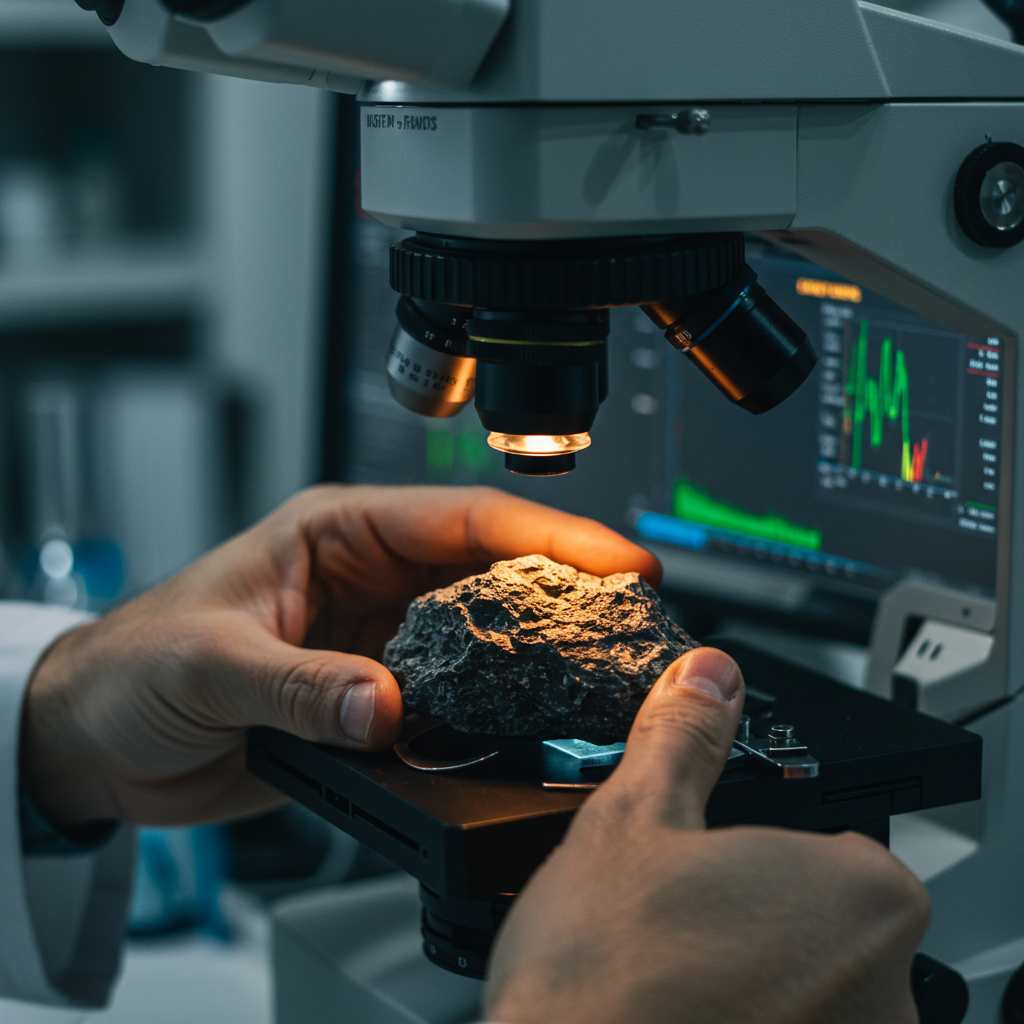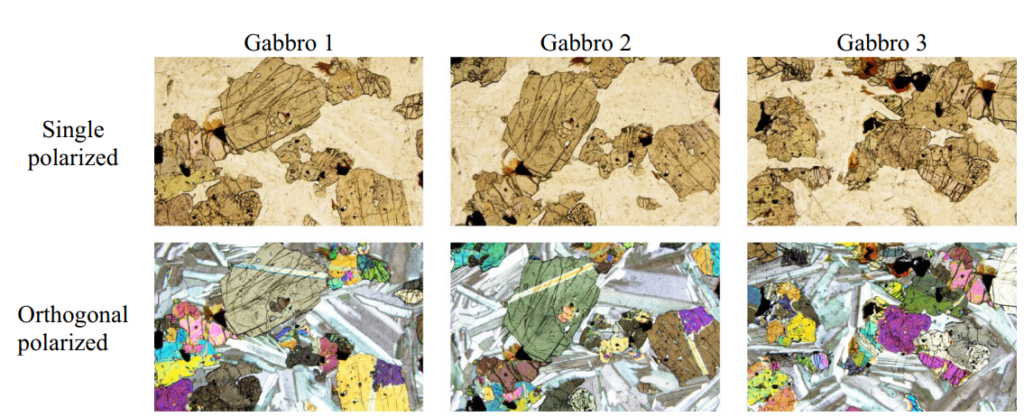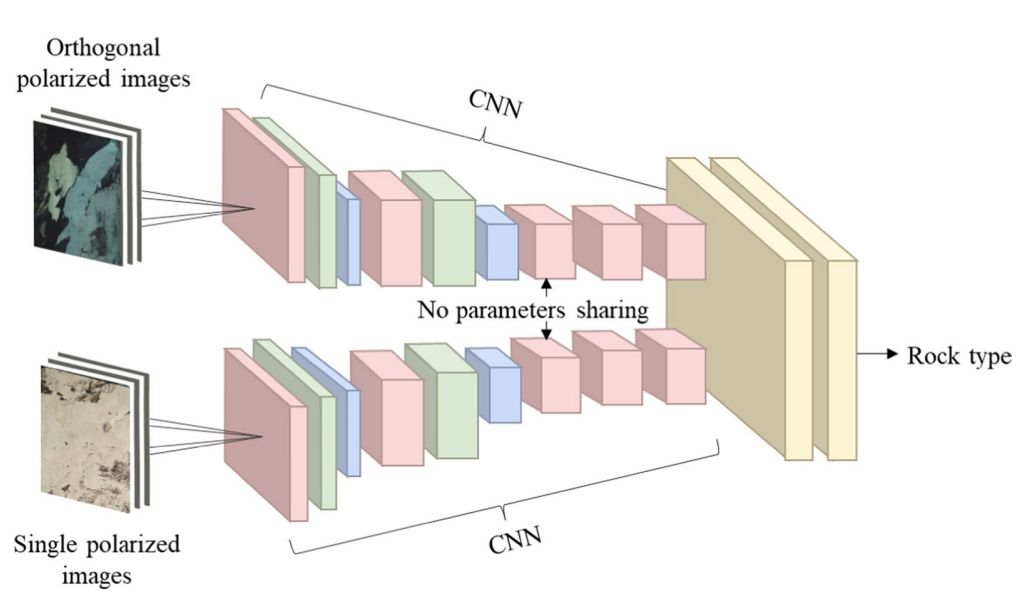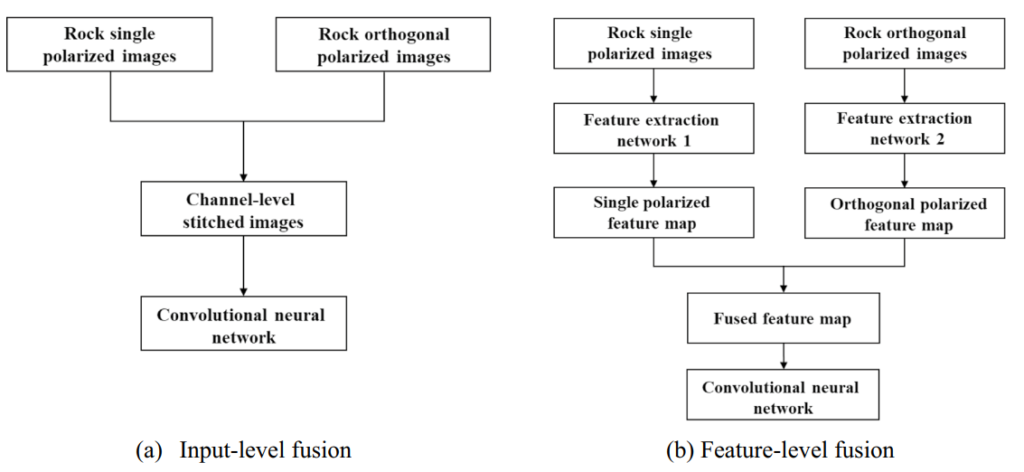Before diving into the technological innovation, it’s worth understanding why rock identification matters in the first place. When geologists examine rocks, they’re not just satisfying scientific curiosity—they’re providing critical information that influences billion-dollar decisions in resource exploration, construction safety, and environmental assessment.
Traditionally, identifying rock types involves creating what’s called a “thin section”—it is a slice of rock which is so thin that a light can pass through it. Geologists then examine these thin sections under specialized microscopes, looking for distinctive patterns, mineral compositions, and optical properties that reveal the rock’s identity. This process has remained largely unchanged for over a century, requiring years of training and experience to master.
The challenge with this traditional approach is its subjective nature. Two equally qualified geologists might occasionally reach different conclusions when examining the same rock sample. Additionally, these manual processes are extremely time-consuming when dealing with a huge number of samples, resulting in creating a situation of a bottleneck in important projects, where timely geological information is crucial. For instance, during tunnel construction, engineers need rapid and accurate identification of surrounding rock types to ensure safety and select appropriate construction methods.
A study conducted by the research team led by Wen Ma, Tao Han, Zhenhao Xu, and Peng Lin from China has developed an intelligent approach that mimics and enhances the way geologists examine thin sections. Their method combines two different types of microscopic views, namely, single polarized and orthogonal (cross) polarized images, utilizing artificial intelligence to extract and fuse information from both. Single polarized images are captured using a radar system by transmitting and receiving signals in the same polarized direction, either horizontal or vertical, while Orthogonal polarized images are captured by transmitting one polarization in the horizontal direction and receiving in the perpendicular (vertical) direction.
To understand this approach, imagine looking at a gemstone first with regular light and then with a special filter that reveals different properties. Each view provides unique information, and together they tell a more complete story. Similarly, single polarized and orthogonal polarized microscopy reveal complementary features in rock samples that, when combined, provide a more comprehensive picture of the rock’s identity.
Under single polarized light, geologists can observe features like mineral shape (form), cleavage patterns, natural colors, protrusions, surface textures, and special features called Beck lines. These characteristics help distinguish between different minerals based on their physical appearance. For example, certain minerals might appear colourless while others show distinct hues, or some might display sharp angular shapes while others appear rounded.
When switched to orthogonal polarized light (where light waves vibrate at right angles to each other), an entirely different set of properties becomes visible. Minerals exhibit distinctive patterns of extinction (turning dark at certain angles), interference colors (rainbow-like effects), ductility characteristics, and twin crystal formations. These optical properties are directly related to the internal atomic structure of the minerals, providing crucial clues about their identity.
The research team’s innovation lies in how they’ve taught computers to analyze rocks the way geologists do, but with even greater consistency and precision. Their approach involves a sophisticated type of artificial intelligence called a convolutional neural network (CNN), specifically designed to analyze visual information.
The CNN system works through several sophisticated steps. First, it captures both single polarized and orthogonal polarized images of the same rock samples, creating a specialized dataset that provides multiple perspectives of each sample. Unlike previous approaches that typically relied solely on orthogonal polarized images, this method incorporates the valuable information contained in single polarized views as well.
The CNN then processes these images through what’s called a dual-channel architecture. Think of this as two parallel analysis pathways—one for single polarized images and another for orthogonal polarized images. Each pathway extracts distinctive features from its respective image type using convolutional kernels—mathematical operations that detect specific patterns like edges, textures, and color transitions.
What makes this approach particularly powerful is the fusion mechanism. After extracting features separately from each image type, the system combines them at multiple levels—both at the input stage and deeper within the feature extraction process. This allows for a more profound interaction between the different types of visual information, similar to how a geologist might mentally integrate observations from both lighting conditions.
The researchers also implemented transfer learning techniques, which allowed their system to benefit from knowledge gained by studying other types of images. This process, similar to how a human might apply experience from one domain to another, helps the AI perform well even with limited geological training data.
The proof of any technological innovation lies in its performance, and the results of this approach are genuinely impressive. When tested on real rock samples, the fusion model achieved a remarkable 98.66% accuracy in correctly identifying rock types.
To put this in perspective, using only single polarized images resulted in 93.75% accuracy, while using only orthogonal polarized images yielded 97.11% accuracy. The fusion approach therefore improved performance by 4.91% compared to single polarized analysis alone and by 1.55% compared to orthogonal polarized analysis alone.
These numbers might seem like small differences, but in practical terms, they represent significant improvements. For instance, in a tunnel construction project analyzing thousands of rock samples, a 5% improvement in accuracy could mean dozens of potentially hazardous misidentifications avoided. Similarly, in mineral exploration, correctly identifying just one additional sample could lead to the discovery of valuable resources worth millions of dollars.
The system proved particularly valuable when dealing with complex mineral compositions and rocks with similar structures—cases that often challenge even experienced geologists. By systematically analyzing multiple optical properties and their relationships, the AI achieved more consistent and reliable results than traditional methods.
The implications of this technology extend far beyond academic research, touching multiple industries and applications where geological knowledge plays a crucial role.
- In mining and mineral exploration, accurate rock identification helps locate valuable deposits and determine optimal extraction methods. Consider a mining company exploring a new area—traditionally, they would need to send samples to laboratories and wait for expert geologists to examine them, a process that could take weeks. With AI-powered identification, analysis could be completed on-site within hours, allowing for more agile decision-making and exploration strategies.
- For tunnel construction and underground engineering, understanding the surrounding rock types is crucial for safety and efficiency. Different rock formations require different support structures and excavation techniques. In the Gotthard Base Tunnel project in Switzerland, for example, engineers encountered numerous rock types across its 57-kilometer length, each requiring specific engineering approaches. A system like the one described could have provided rapid, consistent identification throughout the construction process.
- In petroleum exploration, rock identification helps geologists locate potential reservoirs and estimate their properties. The accuracy of these assessments directly impacts drilling decisions worth millions of dollars. By improving identification precision, companies can reduce exploration risks and costs.
- Even in construction and infrastructure development, knowing the geological composition of building sites helps engineers design appropriate foundations and anticipate potential challenges. For instance, certain clay-rich rocks expand when wet, potentially damaging structures built upon them if not properly accounted for in the design.
This technology enhances the relationship between geologists and their tools. AI augments human expertise by handling routine tasks, letting geologists focus on complex analyses. It also democratizes geological knowledge; AI systems allow technicians with little training to perform basic identifications, increasing the workforce for geological assessments. Human input is crucial during training, as experienced geologists provide labeled datasets for the AI to learn rock types. This cycle captures and expands human expertise accessible through technology.
As technology advances, we anticipate exciting possibilities. Mobile apps could enable geologists to capture microscopic images with smartphone attachments and receive immediate identification results. Automated systems might monitor rock compositions during drilling, providing real-time feedback. This approach could extend to geological analyses like fossil identification, soil classification, or extraterrestrial rock samples. By combining various imaging modalities and AI, researchers could enhance analytical capabilities.
The intelligent lithology identification method developed by Ma, Han, Xu, and Lin represents a perfect example of how traditional scientific domains can be enhanced through artificial intelligence. By digitally replicating and extending the analytical processes that geologists have refined over generations, this approach creates a bridge between traditional expertise and cutting-edge technology.
The most powerful aspect of this innovation isn’t just the impressive accuracy numbers or the technical sophistication of the fusion model—it’s the fundamental shift in how we approach geological analysis. By making rock identification more accessible, consistent, and efficient, this technology helps unlock the valuable information contained in Earth’s diverse rock formations, supporting industries and research that depend on geological knowledge.
As we look to the future, the collaboration between human geologists and AI systems promises to deepen our understanding of the planet’s composition while making that knowledge more readily available for practical applications that benefit society.
Reference
Ma, W., Han, T., Xu, Z. et al. Feature fusion of single and orthogonal polarized rock images for intelligent lithology identification. AI Civ. Eng. 4, 5 (2025). https://doi.org/10.1007/s43503-025-00049-7
Chen, Y., Yi, Y., Dai, Y., & Shi, X. (2024). A multiangle polarized imaging-based method for thin section segmentation. Journal of Microscopy, 294(1), 14–25.
Shang, S., Tan, Z., Kan, L., Hu, Y., Shan, J., & Wu, H. (2016). Lithology identification technology based on element mud logging and its application in Bohai oilfield. China Offshore Oil and Gas, 28(4), 30–34.
Yu, K., Jia, L., Chen, Y., & Xu, W. (2013). Deep learning: yesterday, today, and tomorrow. Journal of Computer Research and Development., 50(9), 1799–1804.
Liu, Y., Cheng, G., Ma, W., & Guo, C. (2016). Rock classification based on features form color space and morphological gradient of rock thin section image. Journal of Central South University, 47(7), 2375–2382.
Polat, O., Polat, A., & Ekici, T. (2021). Automatic classification of volcanic rocks from thin section images using transfer learning networks. Neural Computing and Applications, 33(18), 11531–11540.




